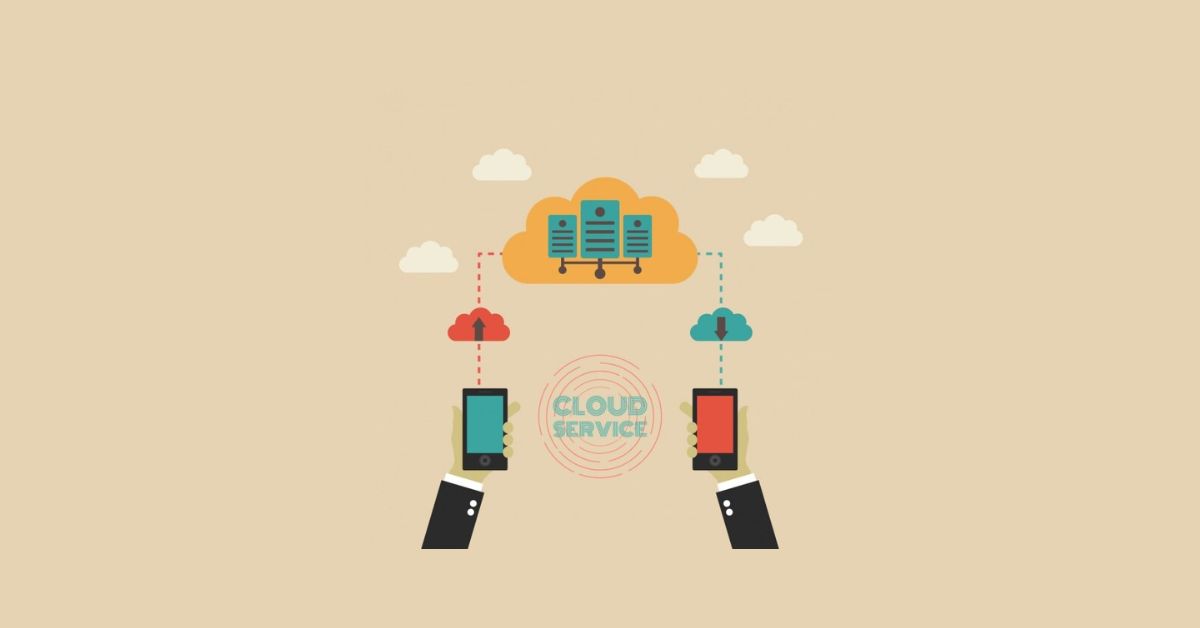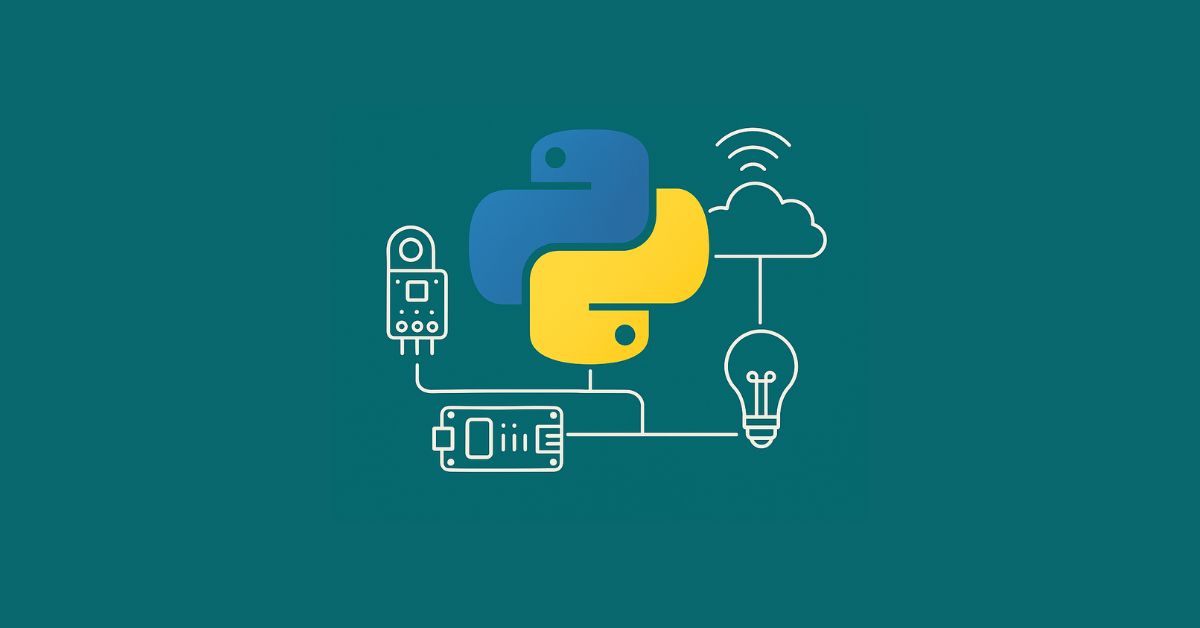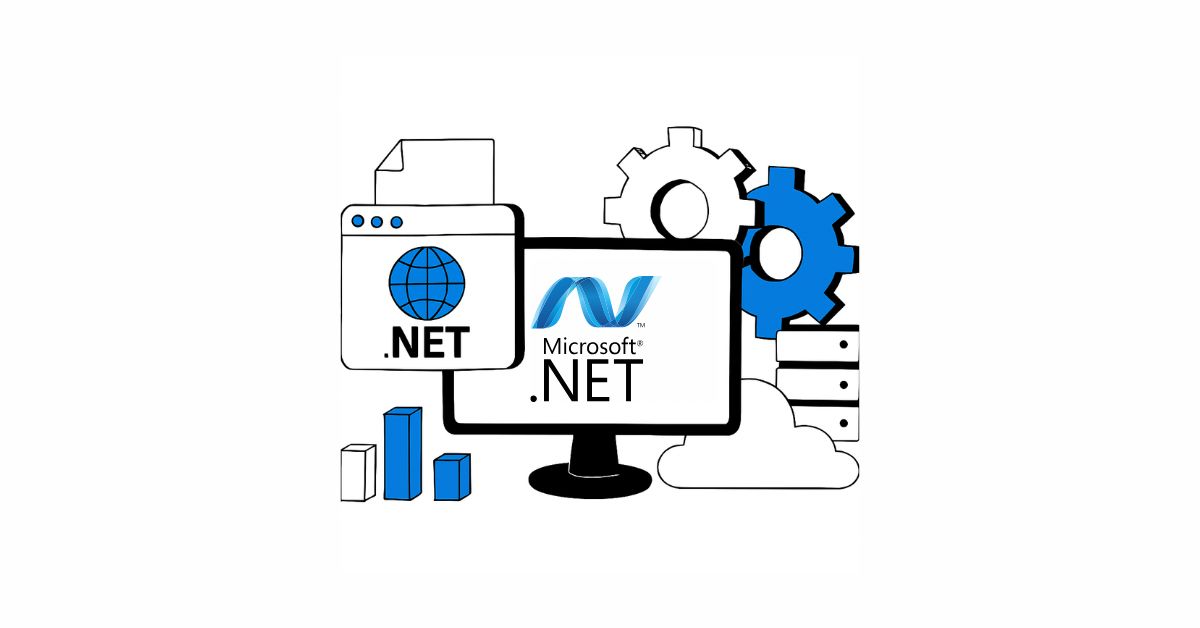- What is Cloud Services Model?
- What are the Different Types of Cloud Computing Service Models?
Software-as-a-Service (SaaS)
– Features and Benefits
Platform-as-a-Service (PaaS)
– Features and Benefits
Infrastructure-as-a-Service (IaaS)
– Features and Benefits
Unified Communications-as-a-Service (UCaaS)
– Features and Benefits - Conclusion
What is Cloud Services Model?
Cloud computing service models define how cloud services are delivered to customers and offer different levels of control, flexibility, and management. The three primary models are: Platform as a Service (PaaS), which provides a platform for developing and deploying applications without managing underlying infrastructure; Infrastructure as a Service (IaaS), which offers basic computing resources like virtual machines and storage; and Software as a Service (SaaS), which offers fully managed software applications that are accessible over the internet. These models allow enterprises to choose the appropriate service level, from infrastructure management to simple software access, based on their specific needs.
An increasing number of firms are shifting their emphasis from cloud-based models and services to on-premises infrastructure. The capacity to employ internet-based IT platforms, software, and infrastructure has fundamentally altered how businesses function in the modern world.
What are the Different Types of Cloud Computing Service Models?
Depending on the model you select from the four available, a cloud computing has the enormous potential to offer a multitude of public (shared) services. Every model offers an entirely new degree of power and adaptability. The four main formats for delivering cloud consulting services are IaaS, PaaS, UCaaS, and SaaS.
Software-as-a-Service (SaaS)
Software-as-a-service (SaaS) is a cloud service provider or vendor’s managed and run solution that offers a whole product. A pay-per-use software suite is available as a cloud-based service called Software as a Service (SaaS). It is made available to end users via the internet, a widely used network. Because it provides the whole package—from infrastructure, middleware, and operating system to web applications—and is accessible from anywhere at any time, anywhere, on any platform, SaaS is the superior of both PaaS and IaaS. In the midst of the COVID-19 pandemic, this fully designed cloud service model helps enterprises to get started, respond quickly to it, and scale company activities remotely.
Features and Benefits
Anywhere Accessibility- With SaaS, you can access cloud computing services from anywhere using an internet-enabled device such as smartphone or laptop. It eliminates the physical constraint of on-premises software.
Ready to use- You can quickly set up SaaS services, so they become fully functional in minimal time. All it takes is for you to sign up for the service to access fast and powerful computing resources.
Platform-as-a-Service (PaaS)
Built on essentially the same infrastructure as IaaS, platform-as-a-service, or PaaS, is a subset of software as a service (SaaS). In addition, the vendor provides middleware, database management systems, operating systems, web servers, and development tools to businesses using this service model. Without requiring any hardware or software to be installed on-site, these comprise a remote environment where users can create, assemble, and operate their software products.
Because the vendors will take care of the rest, PaaS allows users to focus on their application resources and efficiently manage their data. The web accessibility of the platform allows remote development units to have instant access to all of the resources everywhere. As a result, they will be able to enhance their product development life cycle, leading to the delivery of more agile products.
Features and Benefits
Speed to market- Your cloud provider does all the heavy lifting by providing your developers instant access to a complete application development platform, built and managed by them. The team can get more time to develop and deploy.
Mitigates security rates- Your PaaS provider is responsible for securing the infrastructure. The PaaS model strengthens security by increasing the business, reducing downtime, preventing data loss, and accelerating the recovery.
Infrastructure-as-a-Service (IaaS)
Infrastructure-as-a-service (IaaS) provides users with remote access to all required computer resources and infrastructure, making it one of the most versatile cloud computing service models. The organizations that provide PaaS services are in charge of providing state-of-the-art services to satisfy your company’s infrastructure needs, which include servers, networking, virtualization, and data storage.
IaaS eliminates the need for building an internal infrastructure by outsourcing data centers, cloud components, and servers, making it a very profitable and expandable service. You can use this service architecture to scale up and down your infrastructure services as needed. IaaS will be a suitable option for startups and SMEs that may not have enough money to purchase the necessary infrastructure to create their own network.
Features and Benefits
On-demand availability and scalability: IaaS, one of the most adaptable cloud computing models, lets you quickly scale up or down computer resources to meet your company’s demands.
Faster speed to market: By enabling you to instantly spin up the required computer infrastructure, IaaS guarantees faster development cycles. It is not going to take weeks or months to be ready.
Unified Communications-as-a-Service (UCaaS)
Amidst the current crisis, unified communications-as-a-service (UCaaS) is becoming more popular. This service model offers users international access to cloud-based communication continuity and remote collaboration services. Additionally, the increased security and dependability offered by this service model allow remote workers to operate without interruption in a safe, virtualized cloud environment.
Large corporations and SMEs alike are using UCaaS services to keep their teams linked when they are working remotely, as work-from-home policies become more common and the digital workplace emerges as the workplace of the future. The UCaaS platform facilitates cloud-based file, document, and resource sharing for efficient processes, in addition to allowing mobile workers to communicate and collaborate via phone and video calls.
Features and Benefits
Immediate Messaging and Being Present-Instant messaging and real-time chat to facilitate rapid communication. Presence indications (such as online, busy, and away) to indicate the state of availability.
Mobility and Online Access- Availability of communication tools on all platforms, including PCs, tablets, and cell phones. Support for mobile and remote workers that offers unified device experiences.

You might want to read
Conclusion
To sum up, the several cloud computing models—divided into deployment models (Public, Private, Hybrid, Community) and service models (IaaS, PaaS, SaaS)—offer a scalable and adaptable method of managing IT resources and applications. Based on their unique requirements, including the necessary degree of control, security, cost-effectiveness, and scalability, organizations can select the best model. Businesses may optimize their IT infrastructure, boost productivity, and maintain their competitiveness in a continuously changing technology landscape by choosing the appropriate mix of service and deployment options.







